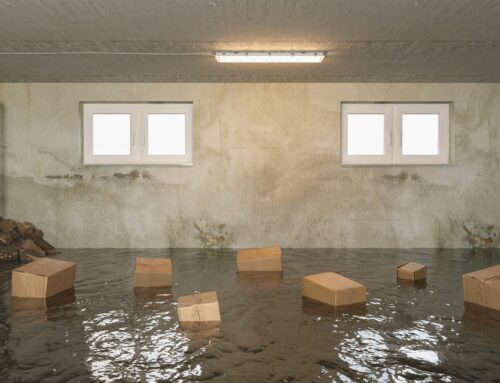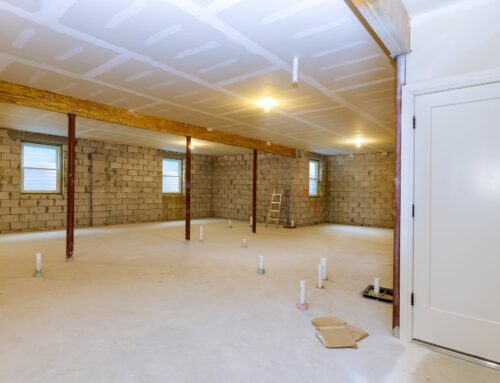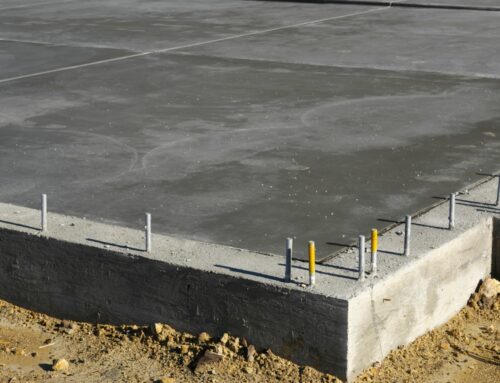Is this your first time hearing the term Stucco? If your answer is yes, we are here to simplify it for you. Essentially, stucco is just a common name for Portland Cement Plaster. It’s a construction material made of aggregates, a binder, and water, making its application a very dense solid.
In the construction world, stucco is used as a decorative coating for walls and ceilings, exterior walls, and as a sculptural and artistic material in architecture. But did you know that stucco is also effective in addressing water problems? Keep on reading to find out how.
How Does Stucco Manage Water Problems?
Stucco has become a cladding of choice ever since its popularity. No wonder because it is truly attractive and durable. It also requires very minimal upkeep, perfect for any buildings and constructions. Due to stucco’s excellent durability, builders of correctly applied stucco surfaces employ both drainage and storage strategies to eliminate the accumulation of moisture in buildings. As you know, draining and drying are the key to durable cladding. Fortunately, stucco is deemed effective in minimizing moisture absorption while providing adequate storage beneath.
How Does Stucco Minimize or Prevent Moisture Problems in Buildings?
Moisture can significantly damage the integrity of a building. It can make the wall rot, and it can also fast-track the deterioration or corrosion of the building’s material. Unfortunately, many countries deal with high levels of moisture. But, the worry becomes less since stucco can minimise or prevent moisture damage with any construction.
How? Allow us to discuss it with you. If you have masonry walls, you should apply a Portland cement-based stucco as it incorporates vapour-permeable paint to resist the penetration of rainwater and allow moisture to dry externally. If you let the water seep through the surface, the moisture will reach the interior masonry surfaces and be stored there until it eventually dries, causing moisture damage to your walls.
Essentially, stucco prevents the penetration of moisture deep inside your building walls. It will help keep your building dry without damaging the inside structure and materials, so even if there are high levels of moisture, the stucco system can preserve the integrity of your structure.
What Are the Things You Need to Consider to Achieve Better Stucco?
Stucco can fail if not applied properly. It cannot resolve water problems, and worse, it may even look bad if you mix and use it the wrong way. When applying stucco, make sure to consider these things:
- Avoid measuring sand by the shovelful. Keep in mind that shovels are not uniformly sized, and neither are tradesmen. Instead, create a box to measure out the ingredients.
- Always mix per the manufacturer’s instructions.
- As much as possible, try using premix stucco instead to eliminate the risk of a bad mix.
- Always moisture-cure the stucco.
- Never obstruct the weep screed at the base of the wall with paint.
Conclusion
As you can see, stucco is not just for aesthetic purposes. It’s also functional and purposeful, especially when dealing with water problems. However, you cannot benefit from it if you don’t properly mix and use it. While you can always do it yourself, it’s still best to let the professionals help you so that you can get the best results.
If you need help with your exterior plaster and stucco in the Northern San Francisco Bay Area, One Stop Plastering is the perfect company you can rely on! With over 60 years of experience, we offer the best residential and commercial stucco and plastering services. Get in touch with us today!






